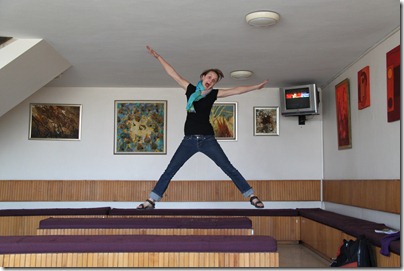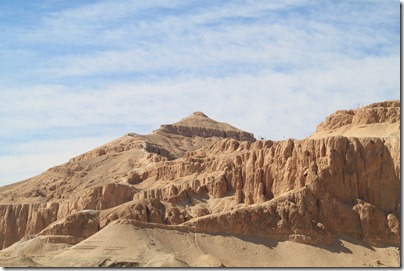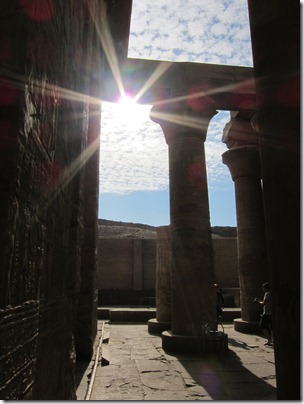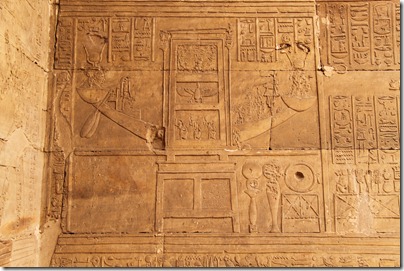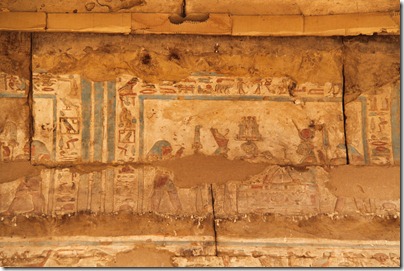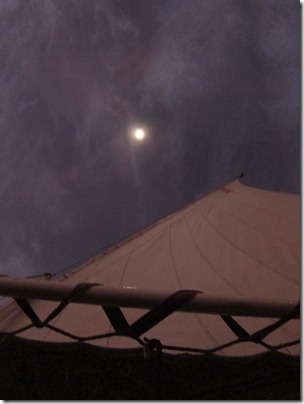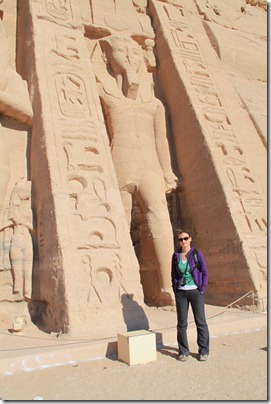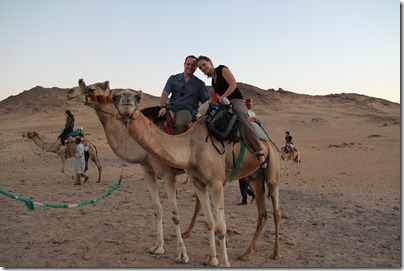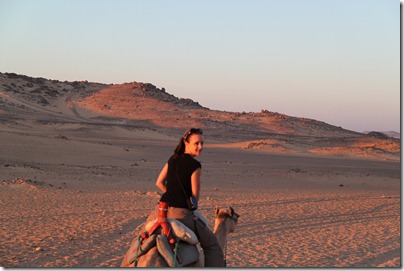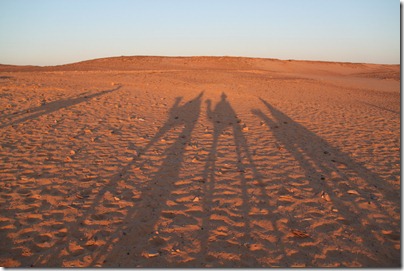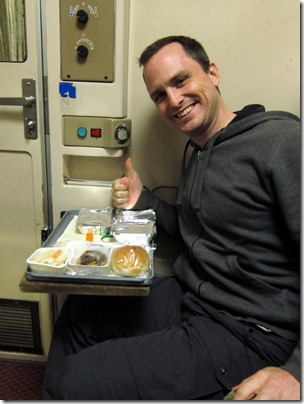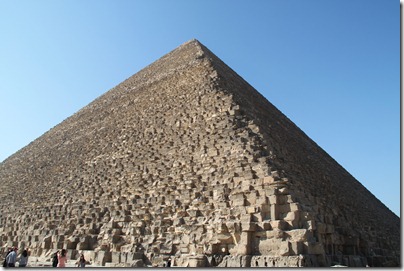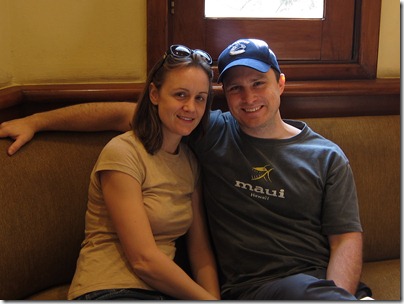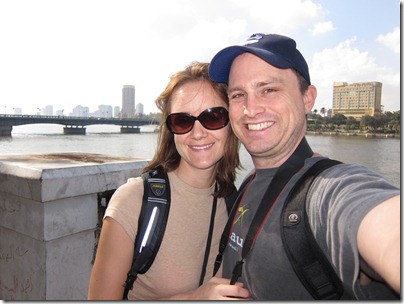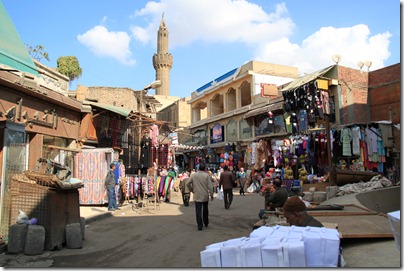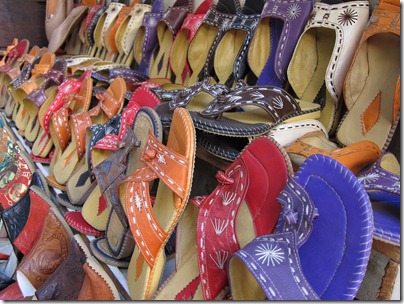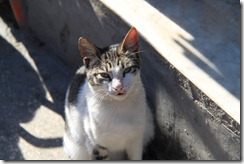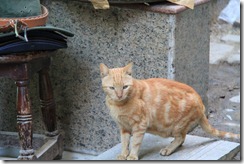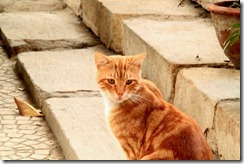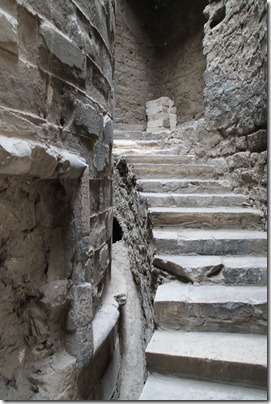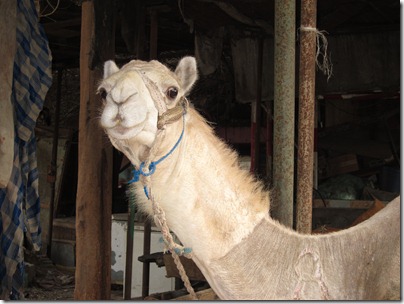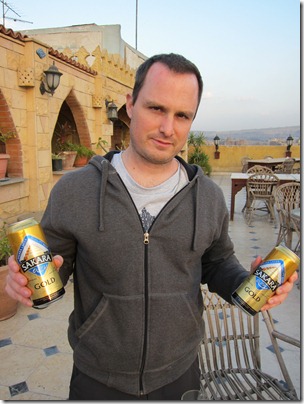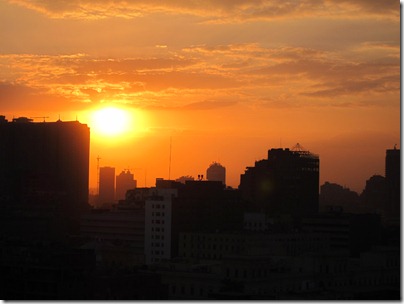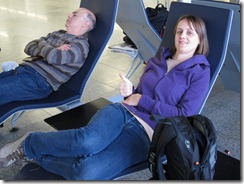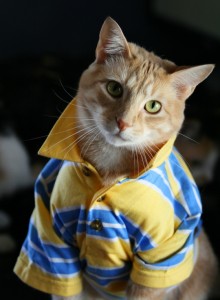It’s hard to open a post with the phrase, “Despite the open drainage system and lack of hot water…†but I’ll try.
Despite the open drainage system and lack of hot water, Lamu is a really nice place to spend a week. Lamu is an island off the coast of Kenya; we’re staying in Lamu Town, a hard-to-explain kind of place that is probably best understood through a series of anecdotes.
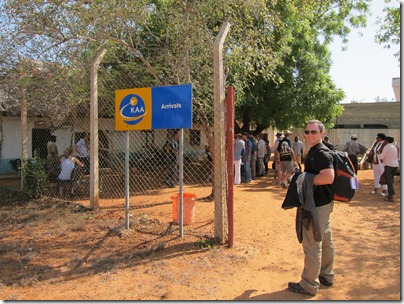 The town is old and mostly unchanged in the last hundred years or more. There is no sewage system. Gutters along the narrow streets drain to the ocean. Thankfully the town lies on a gentle hillside that mostly points down to the water. I’m guessing you get used to the scent after a while…it’s never overwhelming, but omnipresent for the first-time visitor. Despite my prepared-for worst-case-scenario, I haven’t seen any of “that†making its way to the beach.
The town is old and mostly unchanged in the last hundred years or more. There is no sewage system. Gutters along the narrow streets drain to the ocean. Thankfully the town lies on a gentle hillside that mostly points down to the water. I’m guessing you get used to the scent after a while…it’s never overwhelming, but omnipresent for the first-time visitor. Despite my prepared-for worst-case-scenario, I haven’t seen any of “that†making its way to the beach.
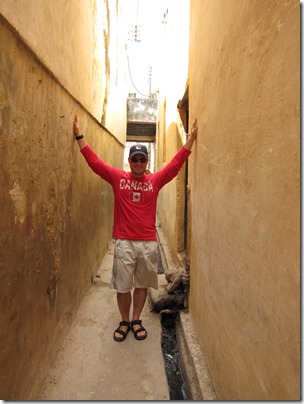 The “streets†are really, really narrow. Not really “streets†by any definition that I’d adhere to. In many places you can easily place your palms on the walls of the buildings on either side. Keep in mind that the drainage gutters often take up their share of the walkway, even in the narrowest alleys.
The “streets†are really, really narrow. Not really “streets†by any definition that I’d adhere to. In many places you can easily place your palms on the walls of the buildings on either side. Keep in mind that the drainage gutters often take up their share of the walkway, even in the narrowest alleys.
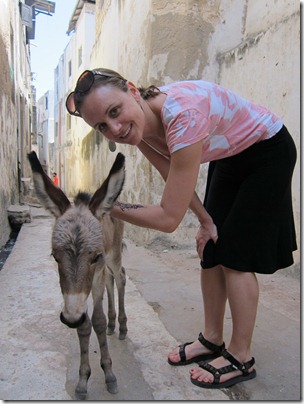 The narrow streets make motor travel nearly impossible, so there are no cars of any kind anywhere. (Almost no motor vehicles whatsoever, but you do see the odd scooter or small motorbike.) Donkeys are the main non-foot-based mode of travel, and they’re everywhere. Everybody has a donkey. I already kind of want a donkey.
The narrow streets make motor travel nearly impossible, so there are no cars of any kind anywhere. (Almost no motor vehicles whatsoever, but you do see the odd scooter or small motorbike.) Donkeys are the main non-foot-based mode of travel, and they’re everywhere. Everybody has a donkey. I already kind of want a donkey.
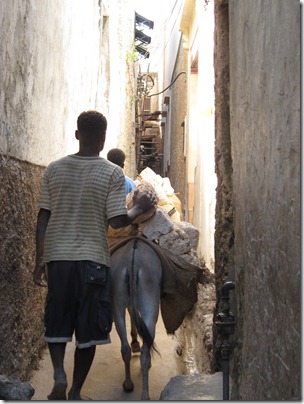 Donkeys provide transportation for people and goods; the term “beast of burden†is much more meaningful after you see a donkey with a massive load of concrete blocks lumber past.
Donkeys provide transportation for people and goods; the term “beast of burden†is much more meaningful after you see a donkey with a massive load of concrete blocks lumber past.
When the donkeys aren’t in use, their owners leave them to roam the streets freely. We asked a local how this works: “Everybody knows your donkey. We know where they go. When it’s time to get your donkey, you just go where they go.†Free-roaming donkeys also sometimes lead to a donkey stampede, which we experienced on our first nighttime walk up main street. We heard galloping, but I couldn’t identify the source. I did notice Michelle dive to the side of the road in front of me (narrowly avoiding the gutter). At the last possible moment, I saw a donkey braying and chasing another down the street—a few meters away at most. I braced for impact, but luckily threw myself against the wall as the rampaging donkeys galloped past.
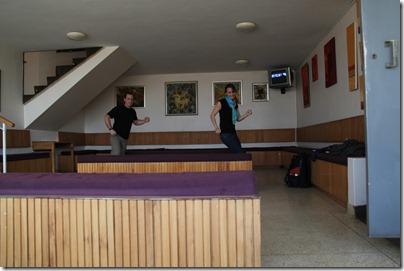 Outside of the donkey attack, our time here has been quite lovely. We finally arrived Saturday evening after 36 hours of flying and layovers, which led to a certain level of stir-craziness in the waiting area of Wilson airport.
Outside of the donkey attack, our time here has been quite lovely. We finally arrived Saturday evening after 36 hours of flying and layovers, which led to a certain level of stir-craziness in the waiting area of Wilson airport.
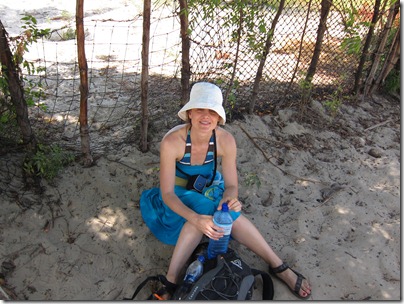 We took a long walk yesterday to a swimming beach. Instead of walking along the water (a 45-minute trek), we took our innkeeper’s advice and followed an inland route that took us through a couple of small villages. We left the hotel at noon, almost exactly. So we were a little hot.
We took a long walk yesterday to a swimming beach. Instead of walking along the water (a 45-minute trek), we took our innkeeper’s advice and followed an inland route that took us through a couple of small villages. We left the hotel at noon, almost exactly. So we were a little hot.
On our walk we bumped into a local who told us that his mother had died and her funeral was taking place that day. He asked if we had anything we could spare because the family was very poor. I handed over 200 shillings (about $2.50) and he thanked us and pointed us in the direction of Shela beach. About 20 minutes later, we heard a shout from behind us and the same man was running at full speed down the path.
“The ladies from the village came to the funeral and said they saw two white people walking along the path to a dangerous village. I say, ‘I know them! They are my friends! I must make sure they are ok!’ So I come to find you! Nobody will harm you if I am with you.â€
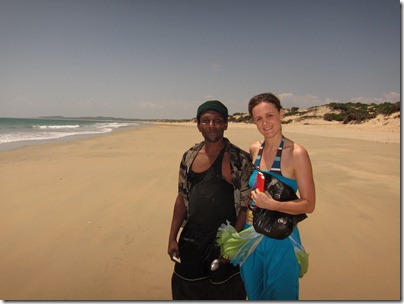 He still had his spoons in his hand from the meal he’d been eating. I don’t actually think we were in danger—the path we were taking took us over some sand dunes that led to a beautiful beach. But there is a town further along the beach that has a well-earned bad reputation and he was worried that we were headed that way. It was a touching moment.
He still had his spoons in his hand from the meal he’d been eating. I don’t actually think we were in danger—the path we were taking took us over some sand dunes that led to a beautiful beach. But there is a town further along the beach that has a well-earned bad reputation and he was worried that we were headed that way. It was a touching moment.
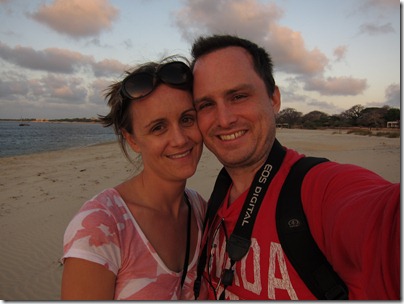 Last night we joined two other guests from Jambo House (our Spartan-but-comfortable lodging) for a boat ride to a nearby island to watch the sun set. The captain and his mate prepared a fabulous dinner of fresh fruit, vegetable stew, and freshly-caught snapper that we ate aboard the ship as night fell.
Last night we joined two other guests from Jambo House (our Spartan-but-comfortable lodging) for a boat ride to a nearby island to watch the sun set. The captain and his mate prepared a fabulous dinner of fresh fruit, vegetable stew, and freshly-caught snapper that we ate aboard the ship as night fell.
Today we had a more relaxing day exploring the town. I’m sitting on the rooftop balcony of Jambo House listening to the evening calls to prayer echoing through the walls and rooftops around me, looking for a good way to wrap this post so we can head to dinner. This seems as good a time as any. Until next time!
